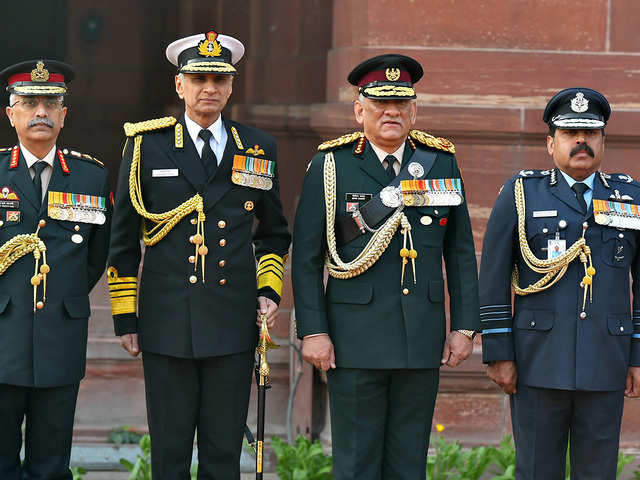
Integrated Theatres – Transforming Indian Military Force to Military Power
Mon, 16 Nov 2020 | Reading Time: 7 minutes

The perceived latent long term threat finally manifested in China’s aggressive behaviour along the Line of Actual Control (LAC) in May 2020 as India and the world were busy battling, albeit unsuccessfully, the made in China Corona Virus. COVID19 and China’s belligerence have been the disruptor of the century, changing the behaviour pattern of individuals, society, people and nations, impacting the world order, global economy and security. China’s belligerent behaviour forced India to review the threat matrix as a ‘Two Front War’ scenario seemed a reality in the immediate to near term. A collaborative China- Pakistan threat in the autumn of 2020 seemed a reality, as India’s resolute response along the LAC did surprise China, forcing it to rethink and review its strategy of ‘Military Coercion’ Vis- a- Vis India. However a collaborative threat – a two front war continues to remain the clear and present danger to India’s national security. The threat dictates that India’s military needs to transform in quick time to not only meet and mitigate emerging security challenges in a post COVID world order but also contribute to India’s growing stature as a global leader. The armed forces need to review and carry out a strategic rebalance to optimise the combat power and synergise the assets to transform the armed forces from a ‘Military Force to a Military Power’ capable of securing the nation, the people and assets across the full spectrum of conflict. The proposed transformation becomes more challenging as on account of the economic downturn and competing priorities at the National level, the Armed Forces will be tasked to do ‘More and More in Less and Less’.
National interests of a nation are of paramount importance and are achieved by synergizing all essential elements of national power. In the national security domain, the security imperatives, security objectives and military objectives are identified and effective strategies adopted to protect and project national interests. The strategy against China will continue to be one of ‘deterrence’, translated to military strategy it will imply a ‘War Prevention Strategy’ followed by ‘War Avoidance’ failing which the military should prepare for a ‘War Fighting Strategy’ based on proactive defence. Recent Chinese aggressiveness dictates that India build multi-domain, multi-dimensional structures and capabilities to deter China’s military coercion strategy. India has suffered Pakistan sponsored terrorist attacks as part of its proxy war. The military strategy with regard Pakistan will be Proactive i.e ‘War Waging’, as Pakistan constantly indulges in a proxy war. India should be militarily prepared to give a proportional and equitable response to Pakistan every time he crosses the red line to change Pakistan’s behaviour in the mid to long term. Though India will control the escalatory ladder, there will always be a high probability of an action-reaction situation spiralling into a conflict. India will also need to build capabilities and practice an effective response in terms of precision and/or surgical strikes to raise the costs for Pakistan sponsored proxy war. New age warfare will be multi-domain waged in numerous key battle spaces simultaneously. To meet and mitigate the China- Pak collaborative two front threat, India will need organisational structures to optimise its combat effectiveness. To safeguard India’s national interest, be able to translate its chosen strategy to practice, to optimize its combat potential and also transform itself from a military force to military power, India has to adopt best military practices suitable in the Indian context. The concept of jointness and integration manifesting itself in the form of Integrated Theatres is now a national security imperative.
Fortunately for India, the process was set in motion in Jan 2020, with the government tasking the newly created CDS in its 24 Dec 2019 order to ”bring about jointness in operations, logistics, transport, training, support services, communications, repairs and maintenance etc of the three Services within three years of the first CDS assuming office’’. Historically, most major nations have attempted to synergise various elements of their national security apparatus for optimizing their combat potential. US efforts leading to Goldwater-Nichols DoD Reorganization Act of 1986 for the formation of geographic combatant commands and China’s adoption of the Integrated Theatre Command system (ITC) in 2017 along the US lines are noteworthy examples. India’s size, strategic location, trade interests in a security environment that extends from the Persian Gulf in the West to the Straits of Malacca in the East and from the Central Asian Republics (CARs) in the North to near the Equator in the South, underpin India’s security response. Given the strategic spread, it is essential to maintain a credible integrated land, air and maritime force to safeguard own security interests, create capabilities to be a net security provider in the region and contribute to a rule-based global order. Hence, it is advisable to earmark this vast geographic area into five Integrated Theatres. The proposed theatres should be – Integrated Aerospace Defence Theatre, North Western Theatre, North Eastern Theatre, Western Theatre and Peninsular/Maritime Theatre. Joint areas of responsibility could also be assigned to Joint Logistic Command and Joint Training Command in addition to the already existing Defence Cyber Agency, and Special Operations Division. All Geographic Theatres need to be commanded by a four-star rank and Joint Commands by a three-star rank officer (Apex Scale). This will enhance the combat and cost-effectiveness of the Armed Forces. Integrated theatres will be organisational structures designed to control all military assets in a theatre of war to achieve the desired military objectives. Integrated Theatres and Joint Commands could be formed out of existing resources to optimize combat effectiveness in the Indian context, with minimum relocation/ redeployment of resources. These would have specific units of the three services under a component commander each again a three-star officer (Apex scale), who will be subordinate to and will function under the directions of the theatre commander. Each such theatre will come under the operational control of an officer from any of the three services, depending on the function assigned to that command.
Integrated Aerospace Defence Theatre will be responsible for providing air defence cover for the entire air space covering Indian landmass, island territories including their territorial waters as well all Aerospace Operations. The North Western Theatre would be operationally responsible for the Indo-China borders from Karakoram Pass in Eastern Ladakh to the Indo-Nepal-China tri-junction at Lipulekh in Uttaranchal ie along the Indo-China border in Ladakh, Himachal Pradesh and Uttaranchal. The NW theatre would also be responsible for India- Nepal Border up to central Nepal. The North Eastern Theatre would be operationally responsible for the Indo-China borders from the Indo-Nepal-China tri-junction in North Sikkim (Jongsong Peak), Eastwards up to Indo-China-Myanmar junction at Kibithu/Diphu Pass. The North Eastern Theatre would also be operationally responsible for the Indo- Bangladesh, Indo-Myanmar and India- Nepal Borders (Eastern Nepal). The 3488 Km long India – China border along the high Himalayas is by far the most rugged terrain in the world with average heights over 4500m. The India – China border is characterised by ‘Terrain Fractured Sectors and Sub Sectors’ with little or no complementarity and congruence, mostly connected by a single line of communication. The terrain and threat dictate that a single theatre for the Northern borders will be detrimental to both ‘ War Prevention’ and ‘ War Fighting’ strategy. The Western Theatre would be operationally responsible for the entire India-Pakistan border from Siachen in the North to Sir Creek in Gujarat. The primary Indian maritime areas cover the seven choke points on either end of the Indian Ocean and the international sea lanes extending from there up to the Indian seaboard, the secondary areas extend well into the Western Pacific Ocean. An Integrated Peninsular/Maritime Theatre, predominantly with naval forces, would therefore be ideally suited to ‘project power’ in the region, to fulfil national security objectives. “Specified or Joint Commands” should be the ones which cannot be confined to a particular theatre but have centralized resources, which can be applied in any of the theatres based on the operational necessity. These would be Logistics, Training, Cyber, and Special operations.
The challenge lies in the transition management and addressing the mindset of various stakeholders and detractors who will not accept change on account of their agendas and rigidity of thought even though they realize that Integrated Theatres are the only way forward to meet future security challenges and be optimally prepared for a Two Front collaborative threat and new age warfare.
The military needs change; it is time for reforms to ensure a more effective, efficient, present relevant and future-ready force to meet multiple security challenges across the full spectrum of conflict, in the backdrop of a pragmatic defence budget. Defence budget cannot be stretched beyond a point, which means the MoD and Armed Forces have a tough choice for resource deployment. Reducing revenue expenses and spending more on capital purchases pose the biggest challenge for MoD. ‘Defence Budget’ must be reasonably deployed to get maximum value-enhancing operational preparedness.
Each Theatre Commander should be assigned missions wherein he is responsible for all aspects of intelligence, planning, operations, joint training, and logistics. Theatre Commanders will also be responsible for establishing command relationships with subordinate commands as well as organizing subordinate units as deemed necessary. While Theatre Commanders exercise operational control over subordinate units from different services, the Services Chiefs retain administrative control of their personnel and will be responsible for their operational readiness. Since Theatre Commands will have two or more services components, (existing as command headquarters and already commanded by Three-star ranks), the C-in-C, Theatre Command should ideally be a Four-star rank to ensure hierarchical supremacy, necessary for the instantaneous implementation of plans during warfighting. Resources, which are at a premium, for example, airpower and long-range weapons/missiles, cannot be distributed among theatre commands permanently but they need to be assigned based on missions so that the C-in-C Theatres can practice them during joint exercises.
Some critical issues to emerge post creation of Integrated Theatres and Joint Commands that would need to be addressed are:
- Control regimen over the Integrated and Joint Commands (under CDS / CHIEFS/ Under COSC headed by the CDS)
- Rank and status of the Commanders
- If the CDS is given operational command, does he continue as Secretary DMA (military and political implications); If not, would DMA be headed by another Military Officer
- Is the arrangement of the CDS’ appointment as ex-officio Secretary DMA an interim arrangement until the Integrated Structures have been raised; If so, what would be the future leadership of the DMA? Would it revert to a Civil Services Secretary or even be subsumed into the DoD?
The Armed Forces have to be future ready in a Post COVID 19 emerging world order in concert with the growing aspirations of a risen, responsible, resurgent India – a global leader. Once Integrated Theatres are operationalised the Indian Armed Forces will truly transform from a “Military Force to Military Power”
Disclaimer
The opinions expressed in this article are the author’s own and do not reflect the views of Chanakya Forum. All information provided in this article including timeliness, completeness, accuracy, suitability or validity of information referenced therein, is the sole responsibility of the author. www.chanakyaforum.com does not assume any responsibility for the same.
Chanakya Forum is now on . Click here to join our channel (@ChanakyaForum) and stay updated with the latest headlines and articles.
Important
We work round the clock to bring you the finest articles and updates from around the world. There is a team that works tirelessly to ensure that you have a seamless reading experience. But all this costs money. Please support us so that we keep doing what we do best. Happy Reading
Support Us




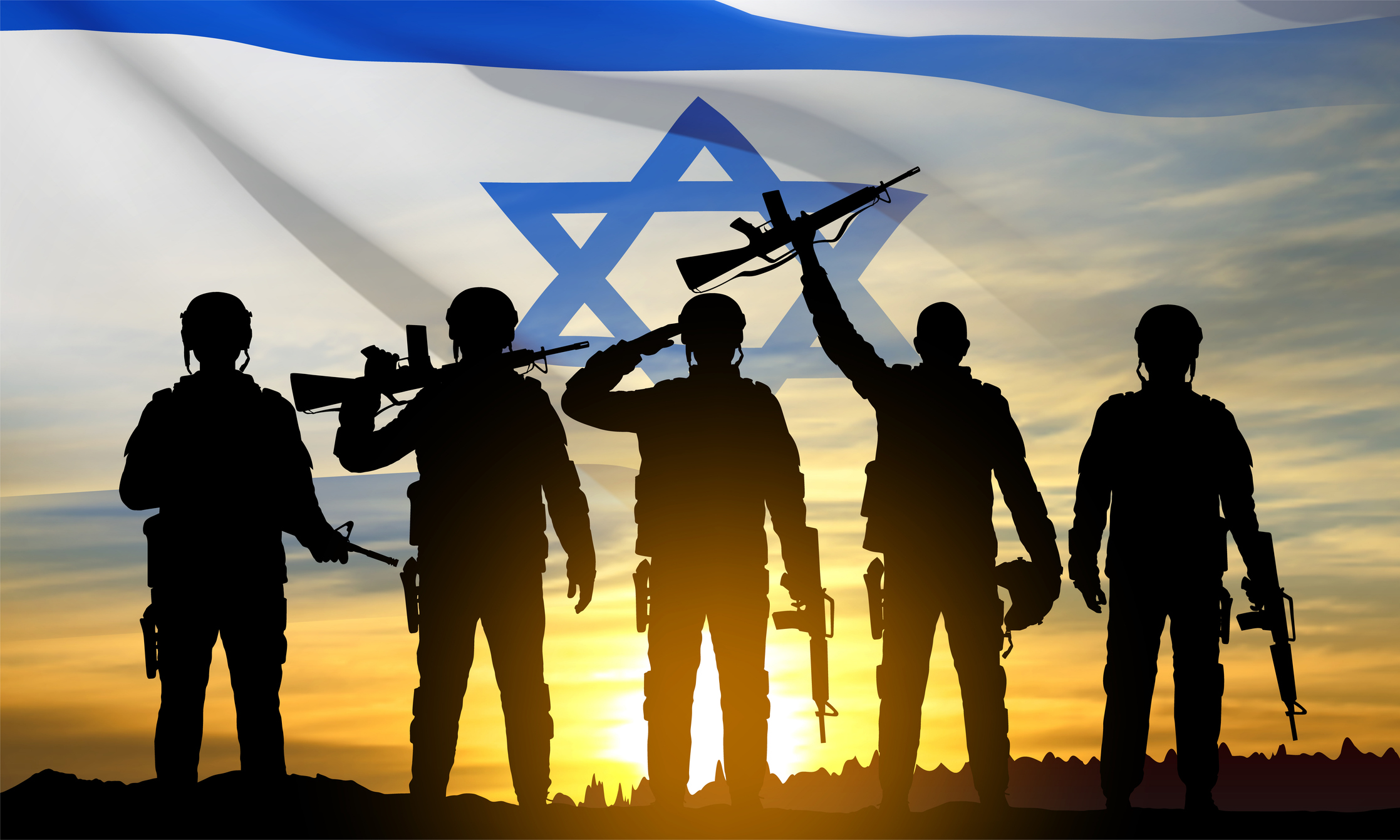
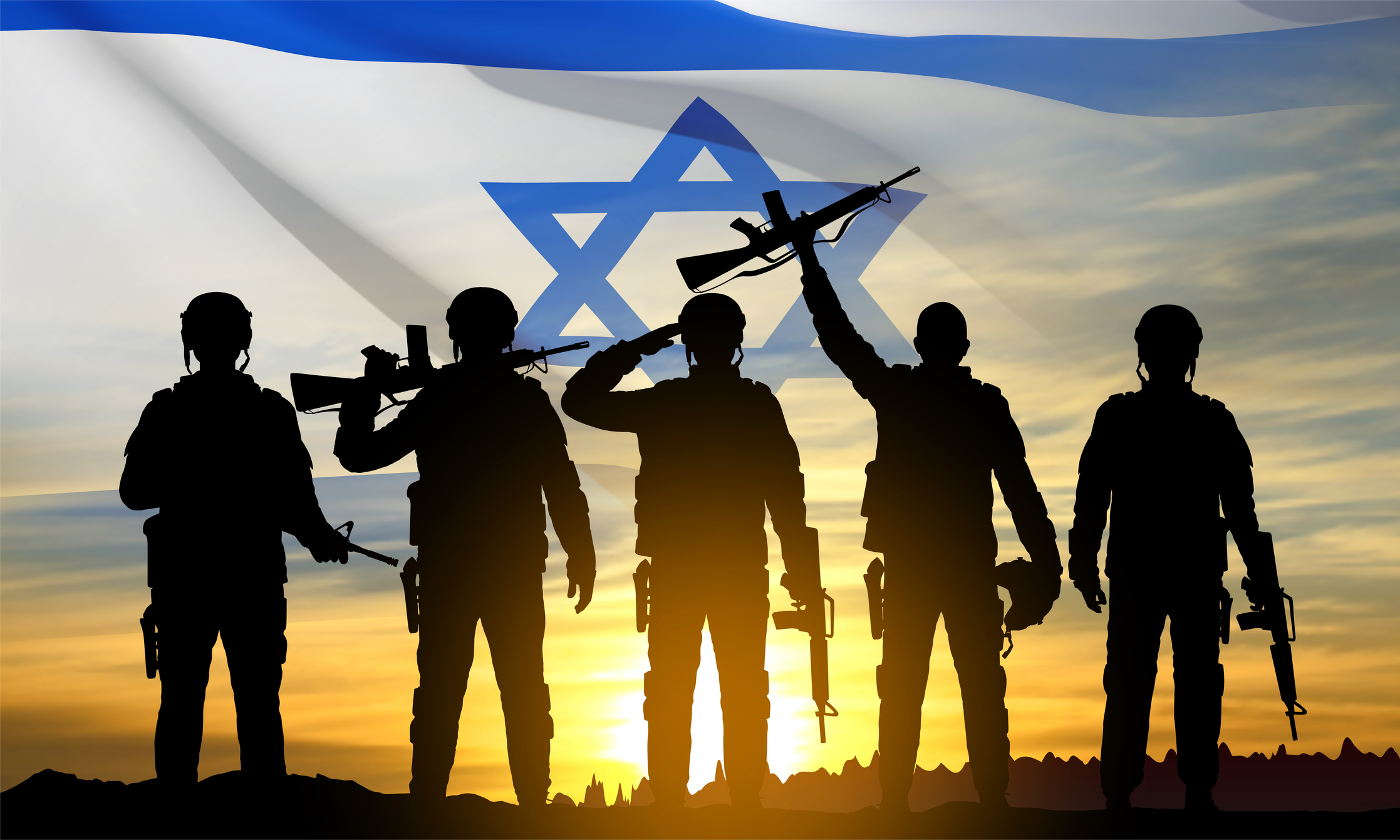
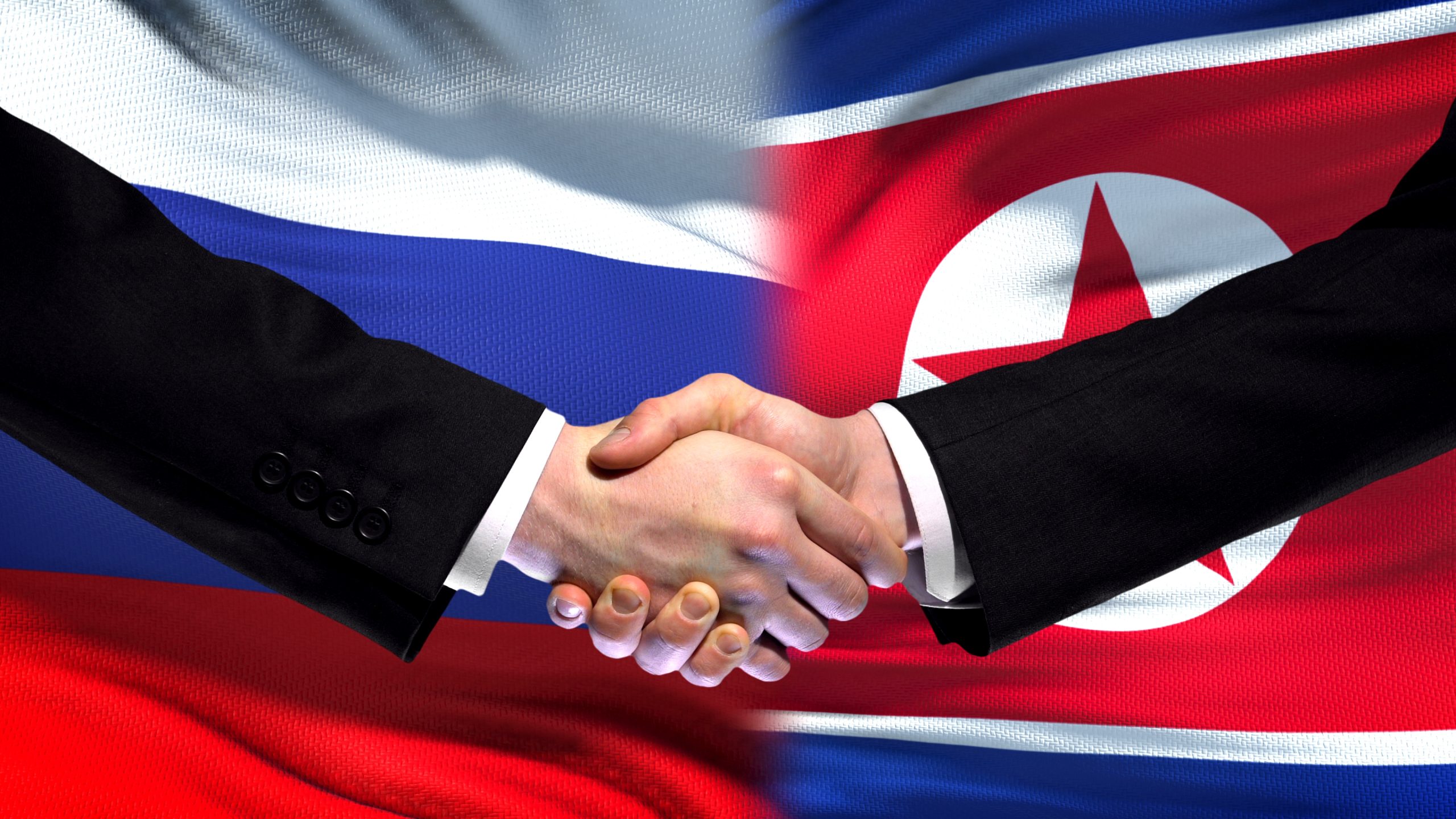

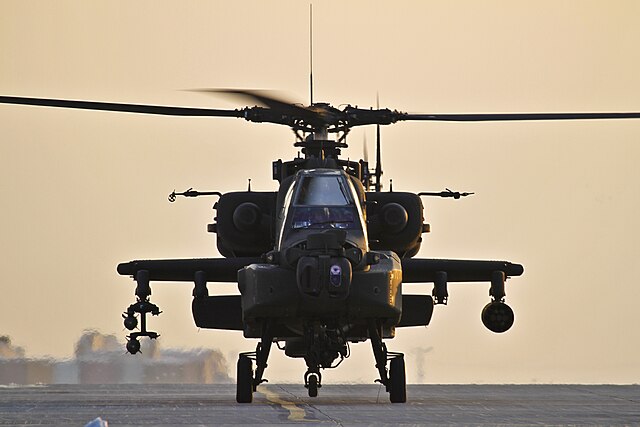
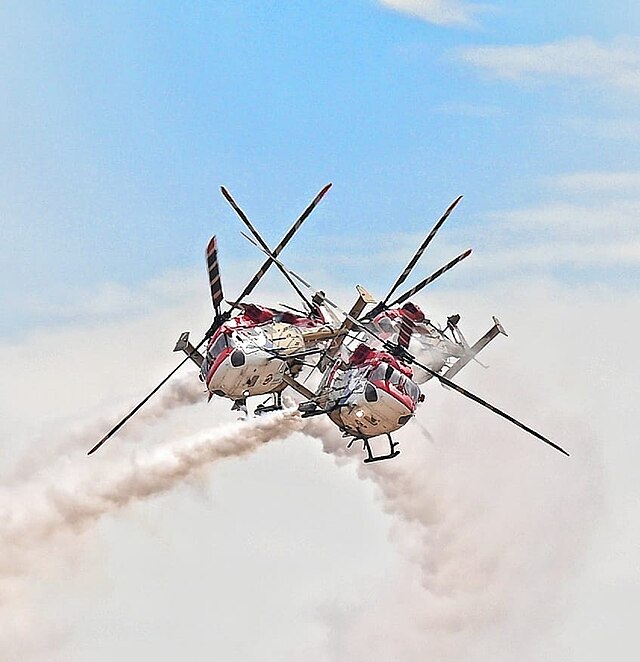
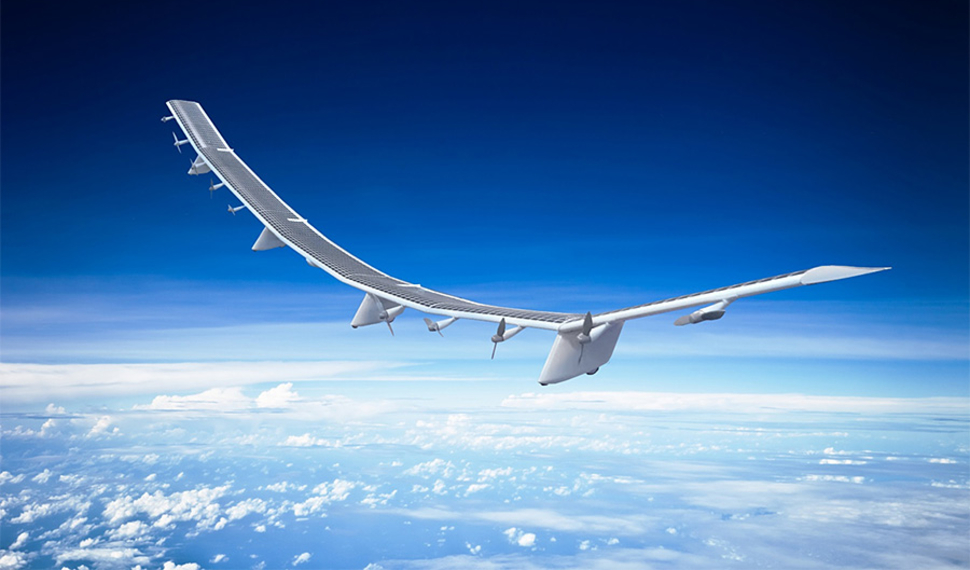
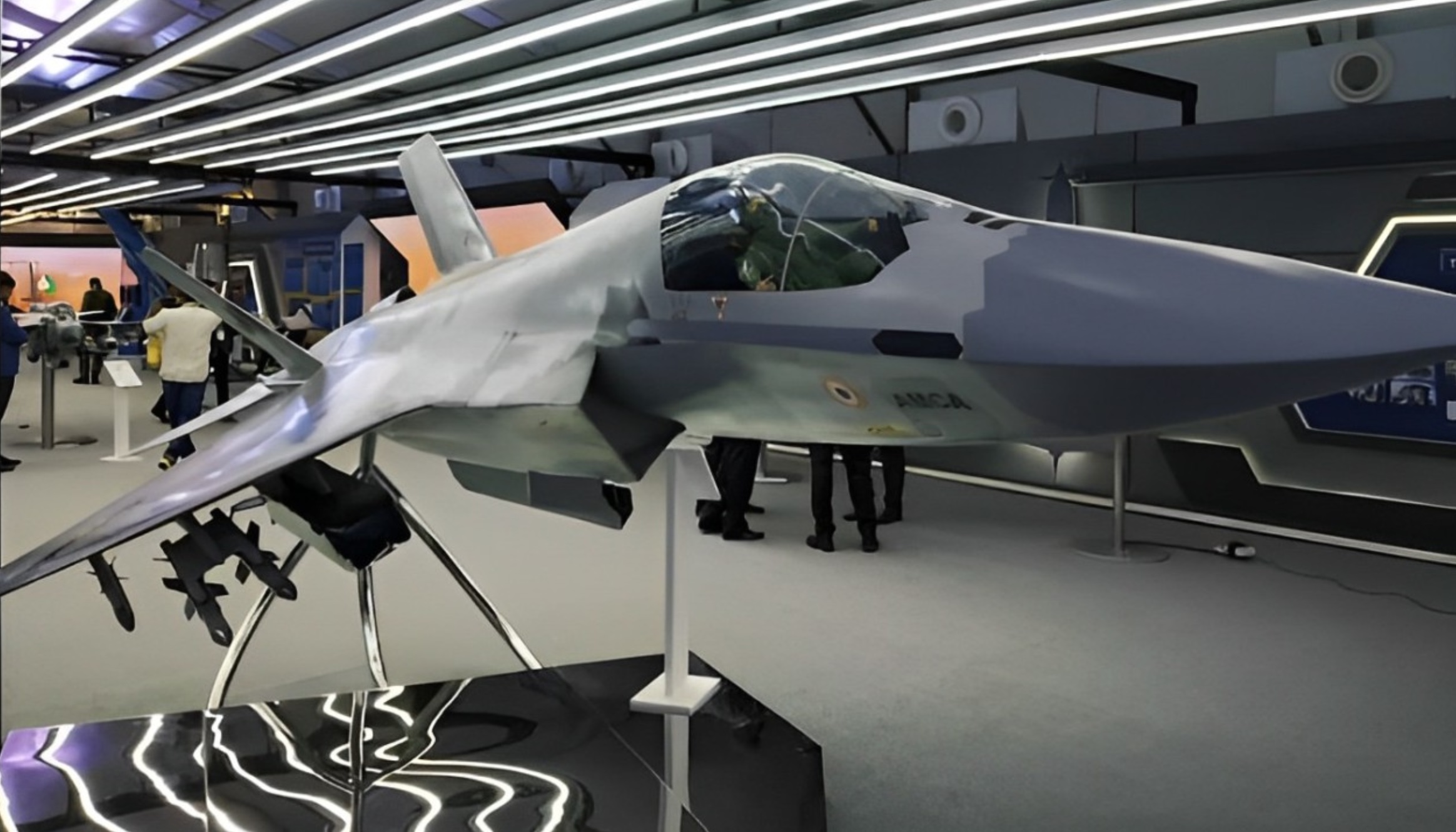
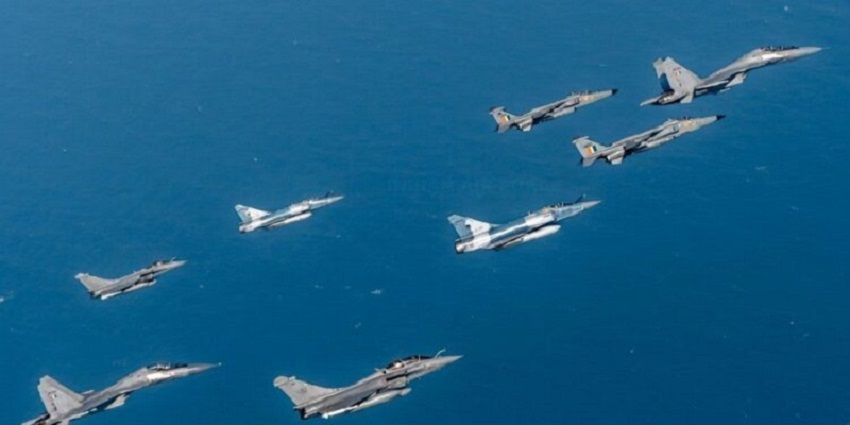
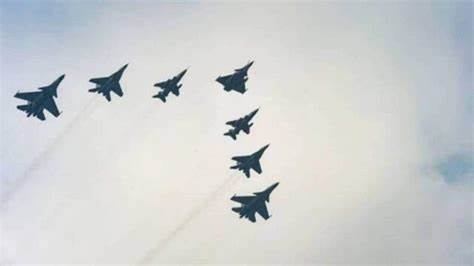






POST COMMENTS (0)